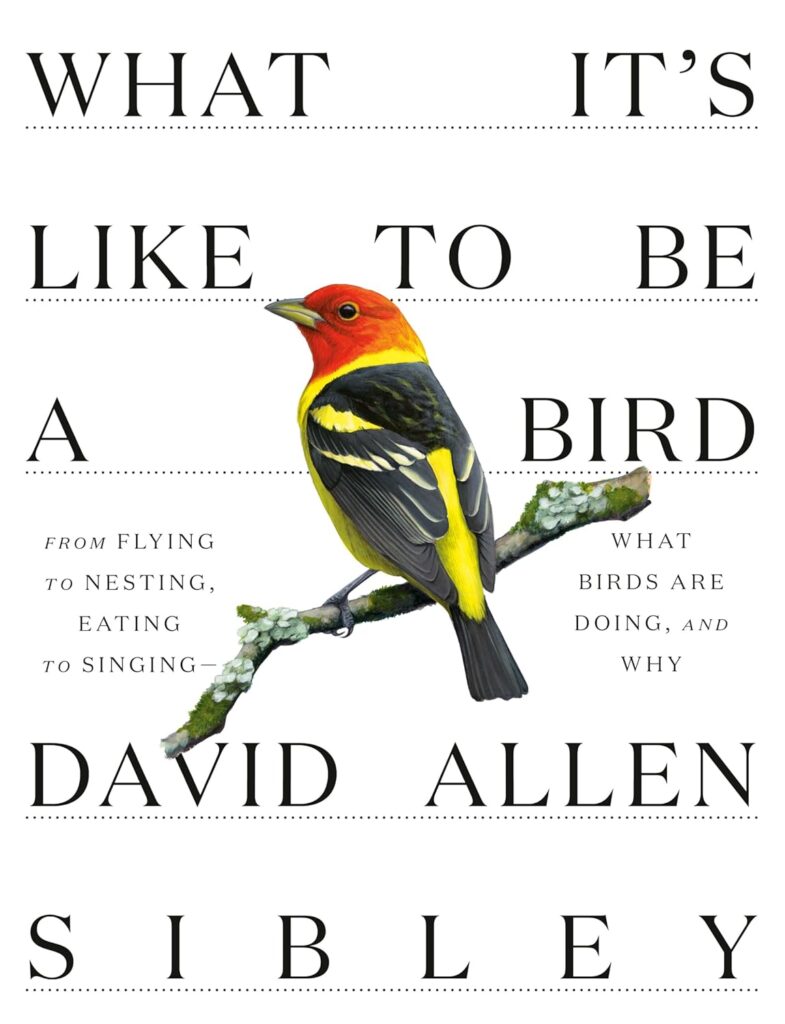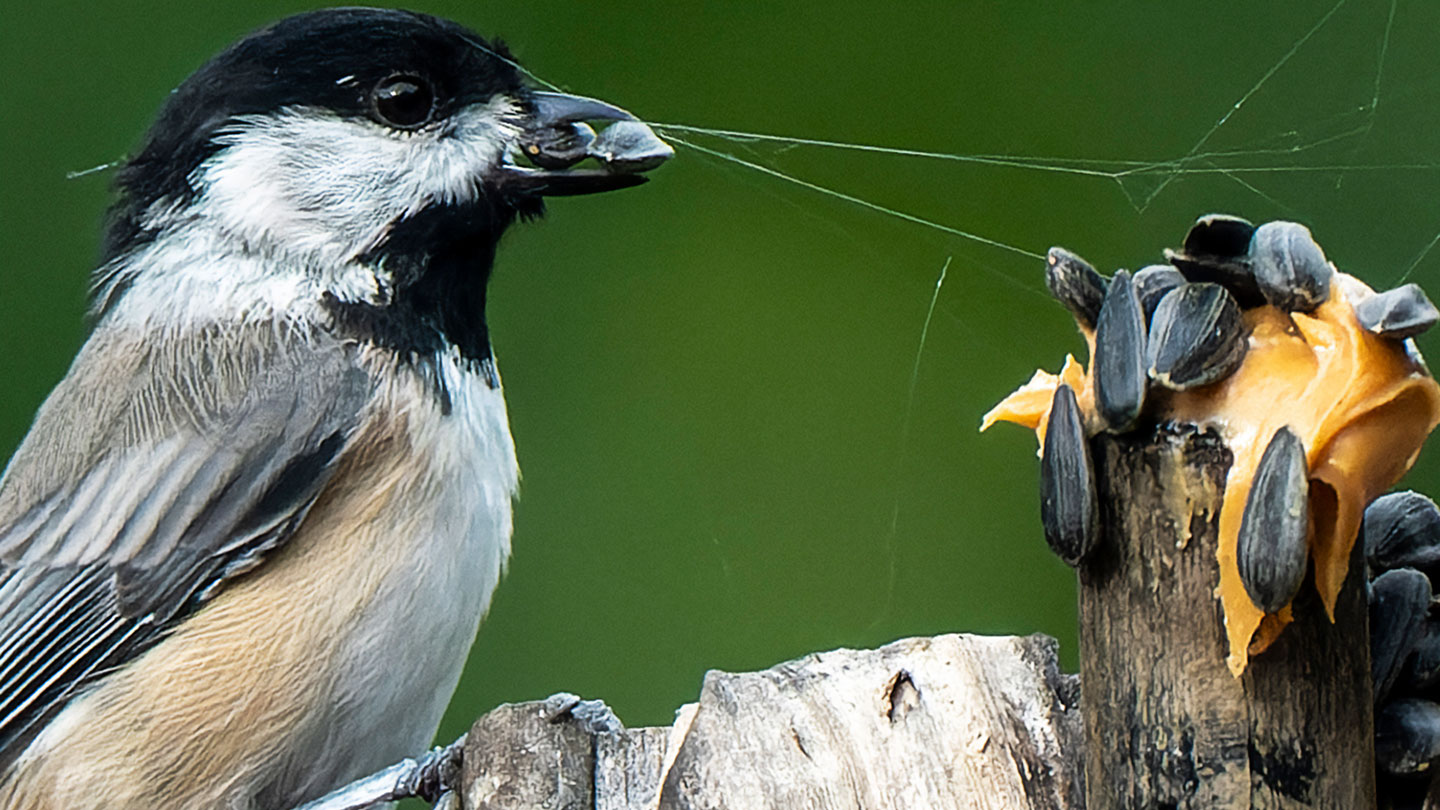Similar to squirrels, black-capped chickadees hide food, remembering thousands of tiny caches in bark crevices. When a chickadee retrieves a hidden seed, specific brain cells in its memory center fire briefly. This pattern is unique for each hiding spot, like a barcode.
These “barcode memories” offer clues about episodic memory – recalling specific events. Studying this in animals is difficult, but chickadees’ precise caching behavior provides a window. Each hidden seed is a single memory stored in the hippocampus, a key memory area.
Scientists built an arena with 128 fake storage sites to study chickadee memory. They monitored brain activity in five chickadees while they hid and retrieved seeds.
During caching, a small group of neurons (less than 7% of the hippocampus) fired for each cache. Each cache had a unique “barcode” of active neurons, even for caches in the same location.
These barcodes might be a physical memory trace called an engram. They likely exist across species due to the similar structure of the hippocampus in many animals. Further research is needed to confirm this.
Barcodes might work alongside “place cells” in the hippocampus, which track location. Place cells were thought to be the foundation of episodic memory, as memories are often tied to location.
Surprisingly, place cell activity didn’t change during caching. This suggests a more complex memory system. The hippocampus might create a separate “index” that combines various inputs (location, seed presence) into a unique memory.
Scientists are exploring different indexing systems in the hippocampus. Episodic memory might involve multiple coding schemes working together.
The study also revealed a “seed code” where neurons indicate the presence or absence of a seed. How these three codes (barcode, place, seed) interact could be crucial to understanding memory formation.
Sources:
S.N. Chettih et al. Barcoding of episodic memories in the hippocampus of a food-caching bird. Cell. Published online March 29, 2024. doi: 10.1016/j.cell.2024.02.032.
E.R.J. Levy et al. A manifold neural population code for space in hippocampal coactivity dynamics independent of place fields. Cell Reports. Vol. 42, October 31, 2023. doi: 10.1016/j.celrep.2023.113142
K.Z. Tanaka. Heterogeneous representations in the hippocampus. Neuroscience Research. Volume 165, April 2021. doi: 10.1016/j.neures.2020.05.002
Discover:

What It’s Like to Be a Bird:
From Flying to Nesting, Eating to Singing–What Birds Are Doing, and Why
$18.99 (50% off)
“The book’s beauty mirrors the beauty of birds it describes so marvelously.” —NPR

